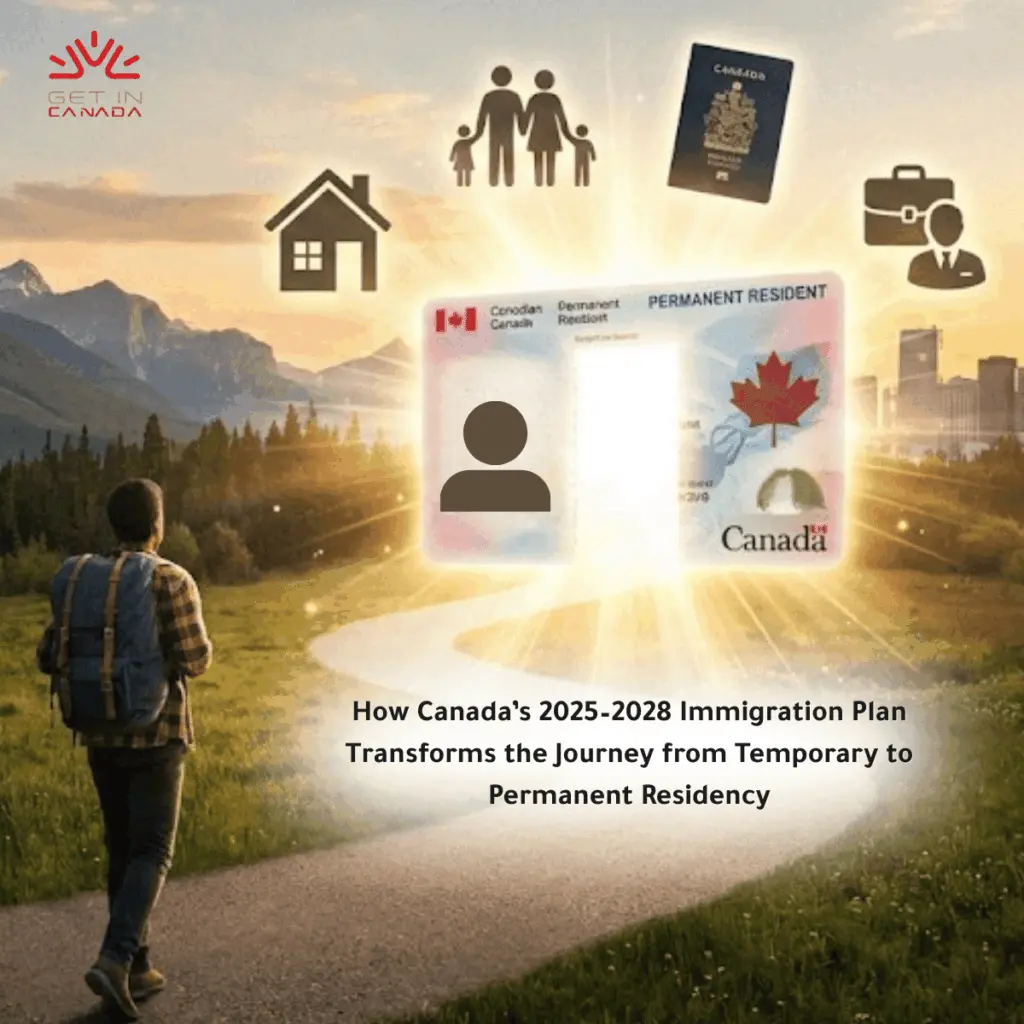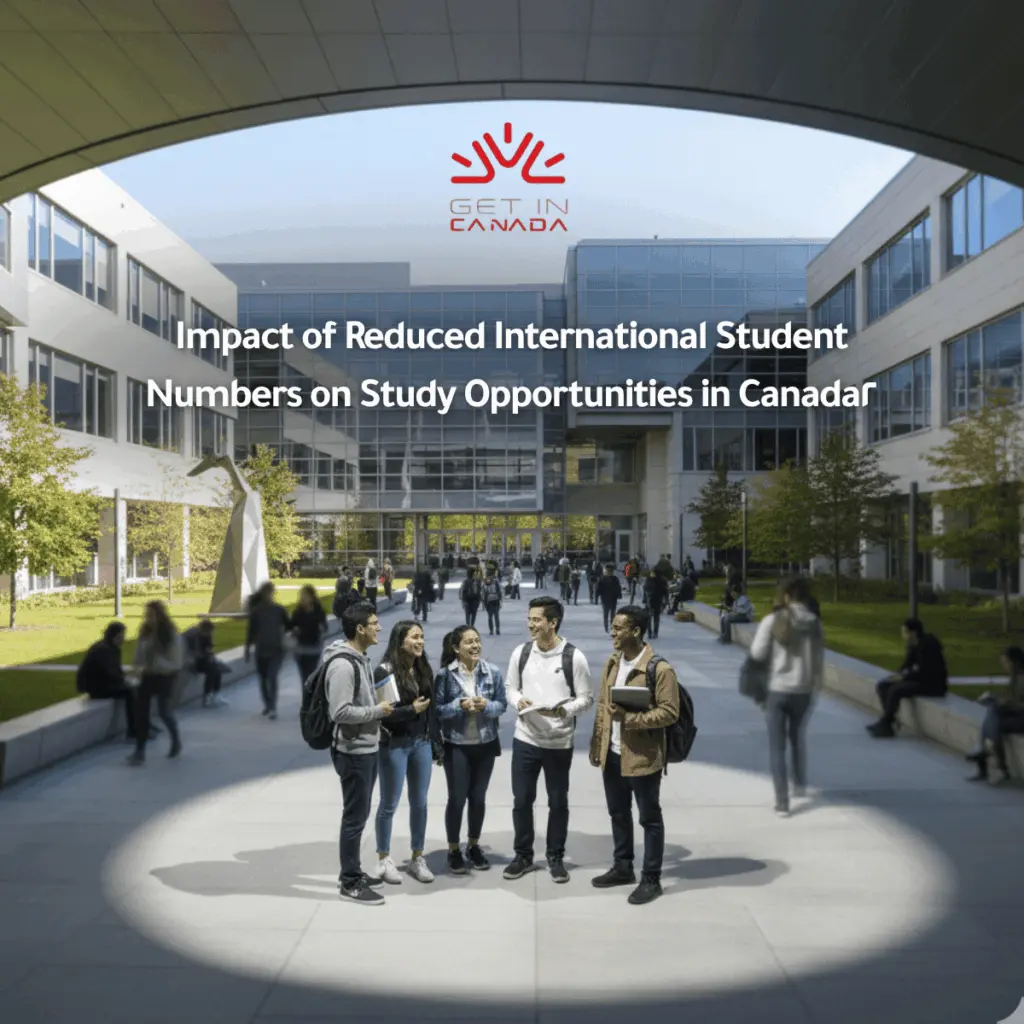Canada to Stop Handling Low-Wage LMIA Applications in Certain Cities
Canada will stop processing Labour Market Impact Assessments LMIAs for the Temporary Foreign Work Program’s TFWP Low-Wage stream in select census metropolitan areas CMAs on September 26, 2024. So what are the details of Low-Wage LMIA suspension?

What you need to know about Canada LMIA changes
Canada is suspending the Low-wages LMIA, here’s what you need to know:
- Affected Regions :
Unemployment Rate Threshold: In CMAs with an unemployment rate of 6% or higher, LMIAs for the Low-Wage stream will no longer be processed. The cities that are impacted have not yet been made public. - Exemptions from the New Policy: Sectors Exempt from Suspension: LMIA processing will continue to be available for jobs in the food security sectors (primary agriculture, food processing, and fish processing), as well as in construction and healthcare.
- New Rules Regarding Employment: Limits on Hiring: Under the TFWP, employers are only permitted to hire up to 10% of their total workforce.
- Employment Duration: For workers in the Low-Wage stream, the maximum duration of employment will be shortened from two years to one year.
Are you curious about your eligibility to get in Canada? →
Minister’s Comments on Temporary Foreign Worker Program updates
Randy Boissonnault, Minister of Employment, Workforce Development, and Official Languages, emphasized that Canada has become overly dependent on the TFWP.
“The Temporary Foreign Worker program was designed to address labour market shortages when qualified Canadians were not able to fill those roles. Right now, we know that there are more Canadians qualified to fill open positions. The changes we are making today will prioritize Canadians workers and ensures Canadians can trust the program is meeting the needs of our economy.”
Canadian Unemployment rate 2024
Canada’s unemployment rate has been steadily rising since April 2023, according to the Labour force survey, and as June 2024, it stands at 6.4%. This corresponds to about 1.4 million jobless people.
Also, according to the Minister, the new limitations will help reduce fraud and abuse inside the TFWP. In order for their present workforce to be able to adjust to changing job demands, he added, Canadian firms must make investments in retaining an upskilling talents.
Upcoming Review of the High-Wage Stream
The High-Wage stream of the TFWP will be reviewed by Employment and Social Development Canada ESDC during the next ninety days. It is possible that this evaluation will result in modifications to sectoral exceptions, processing regulations (especially those pertaining to rural areas), or current LMIA applications.
Are you curious about your eligibility to get in Canada? →
Impact of TFWP policy changes on Newcomers and Employers
The TFWP is a popular option for newcomers seeking work experience in Canada. Employers must submit an LMIA to ESDC to assess the impact of hiring a foreign worker on Canada’s workforce and economy. The TFWP has two streams: Low-Wage and High-Wage, with Low-Wage positions defined as those paying less than the median provincial hourly wage.
Recent Developments in Montreal
Quebec Premier François Legault proposed temporary limits on foreign workers on August 20th, focusing on the “administrative region” of Montreal.
Beginning on September 3rd, the processing of LMIA applications for certain jobs (in Montreal) under the TFWP’s Low-rate stream (those with hourly wages below the Quebec median hourly rate) will be suspended by both the federal and provincial governments of Canada.
Workers who meet specific criteria or who submitted an LMIA application before September 3, 2024, will be exempt from these changes. The suspension is expected to last for six months.
The TFWP and total numbers of temporary residents are receiving more attention from the Canadian government, which is reflected in these improvements. The exploitation of temporary foreign workers has been condemned recently by both Immigration Minister Marc Miller and Employment Minister Boissonnault, who have also highlighted the need for improved management. Minister Miller proposed in March to incorporate provisions for temporary residents into the annual Immigration Levels Plan in order to alleviate the burden on Canadian infrastructure and social services.











